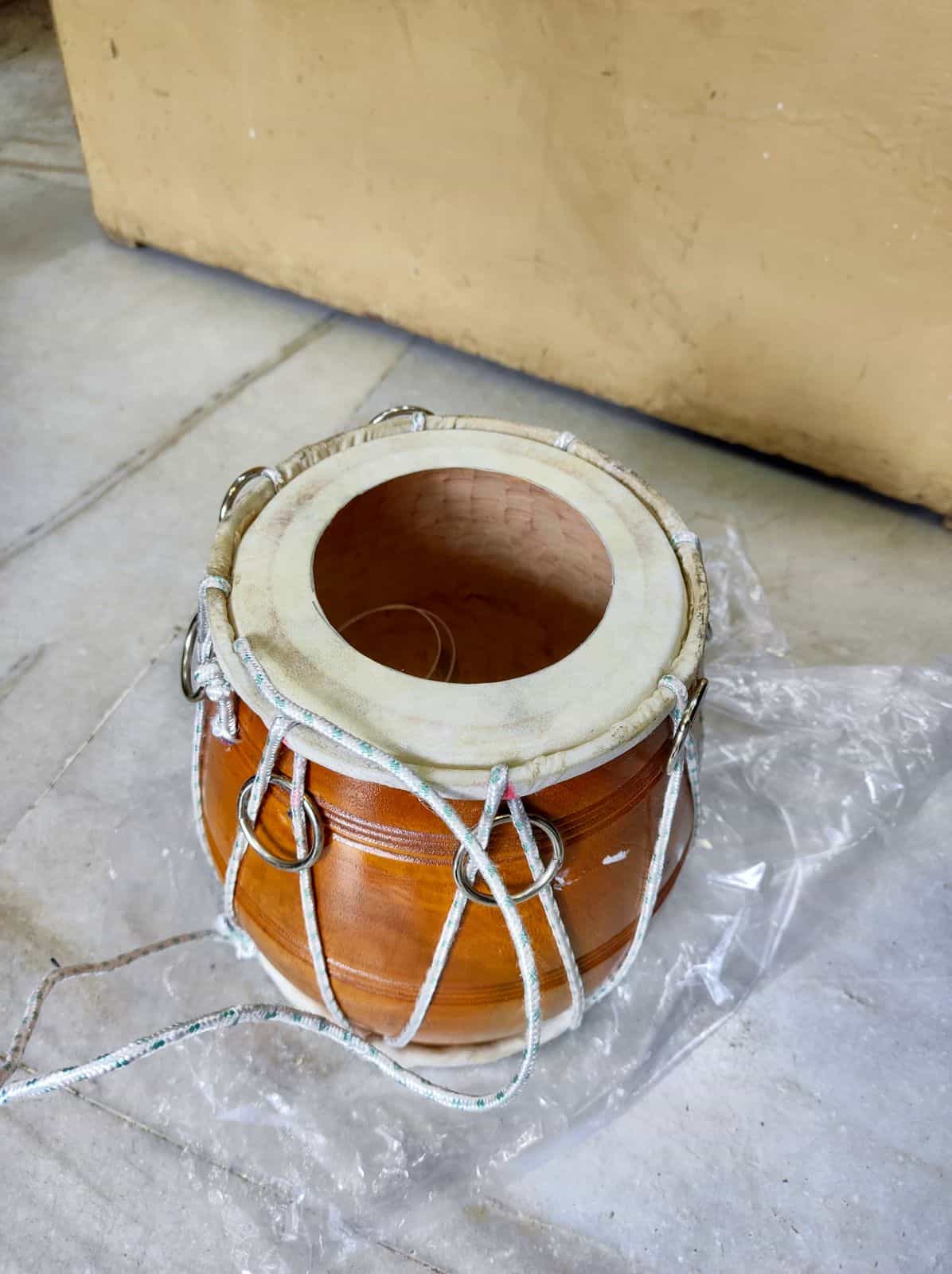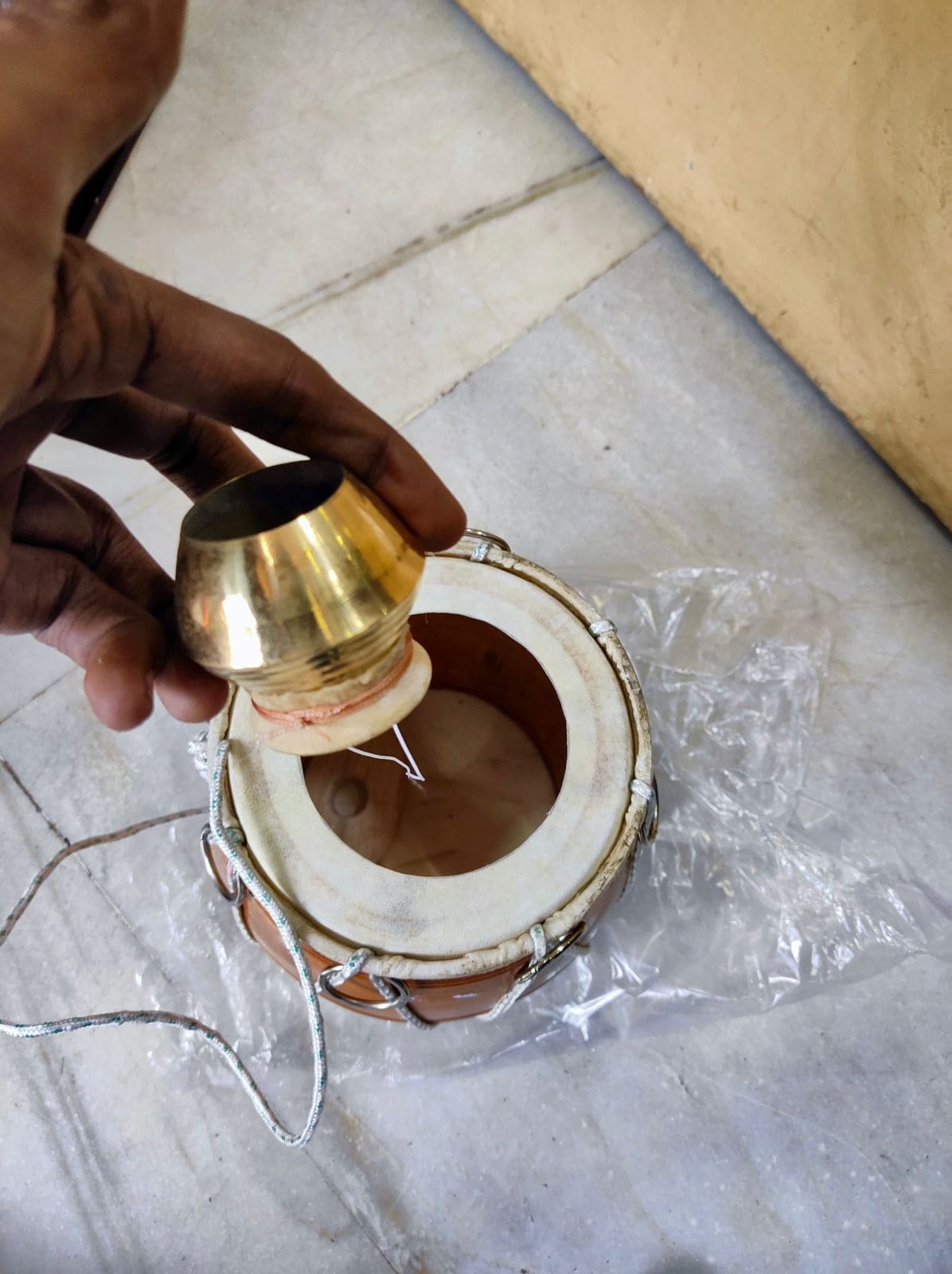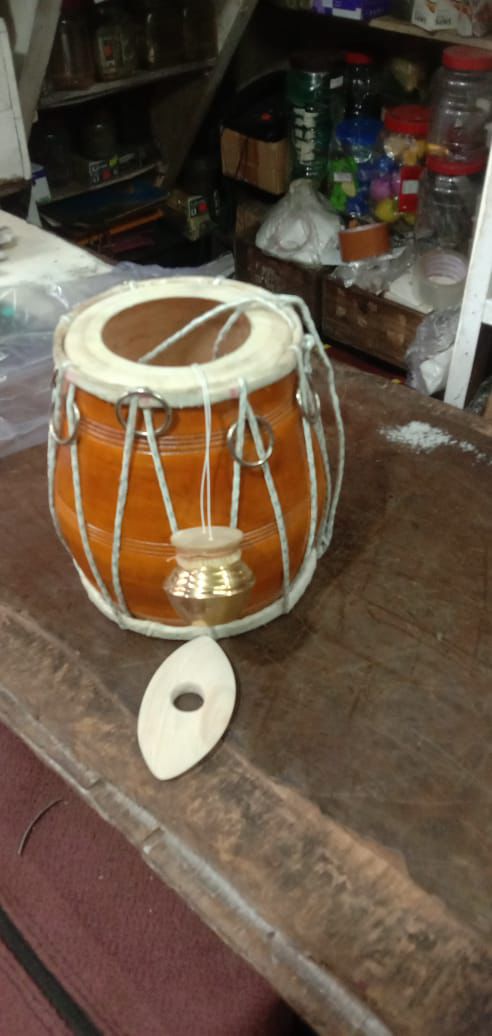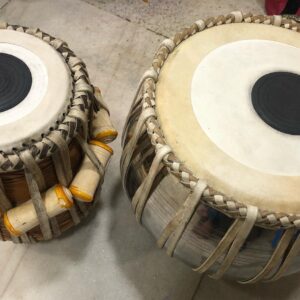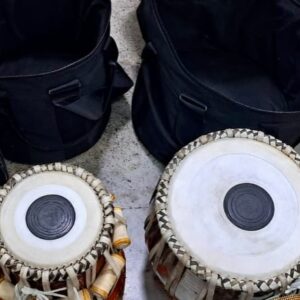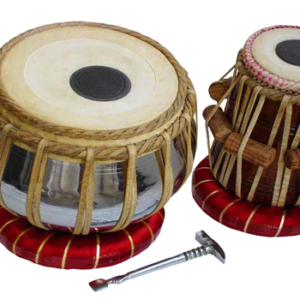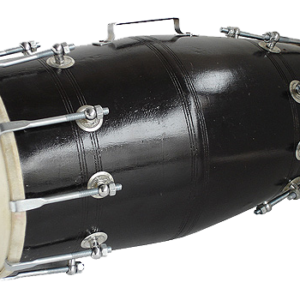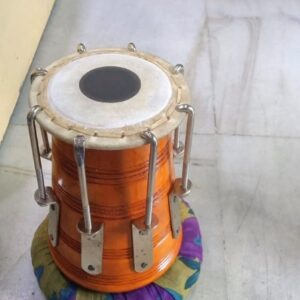Description
Khomok/ Gubgubi/ Gubguba
Special Features:
Nice sound & quality, made of teakwood.
Delivery Time: 7-10 Working Days after Successful Payment.
For More information SMS 7900 Name Email Country and Send to +919830066661
N.B: All prices are inclusive of Shipping (International Air Mode)/ Packing/ Tax/ Insurance. No hidden cost. Read our Terms & Conditions, Privacy Policy and Shipping Policy.
In The Box: Khomok, Bag
History (Wikipedia):
From where we get Khomok- Small history below:
Our knowledge about the Khomok/ Gubgubi/ Gubguba is from Wikipedia. As per Wikipedia, we shared this small history to let our customers know about the Khomok history. The instrument consists of a dried gourd or wooden resonator, and additionally, someone attaches a gut string through it. The player confidently holds the body of the instrument under their arm; moreover, they grip the free end of the string in the fist of the same arm. Subsequently, with the other hand, the player plucks the string using a plectrum. Furthermore, some varieties of the gubgubbi, particularly the Bengali khomok or khamak, feature two strings.
The gubguba, which is referred to by various names such as gabgubagub, guba, gopijantro, gubgubbi, ananda lahari, premtal, khamak, khomok, chonka, jamidika, jamuku, and bapang, serves as an Indian percussion string instrument.
This instrument mainly serves the purposes of Indian folk music and baul music. Additionally, people commonly refer to Khomok by other names, including guba, gopijantro, gubgubbi, ananda lahari, premtal, khamak, khomok, chonka, jamidika, and jamuku. Furthermore, musicians categorize this instrument as a type of strings hand percussion. In conclusion, this gives us a basic history of Khomok/Gubgubi/Gubguba.
